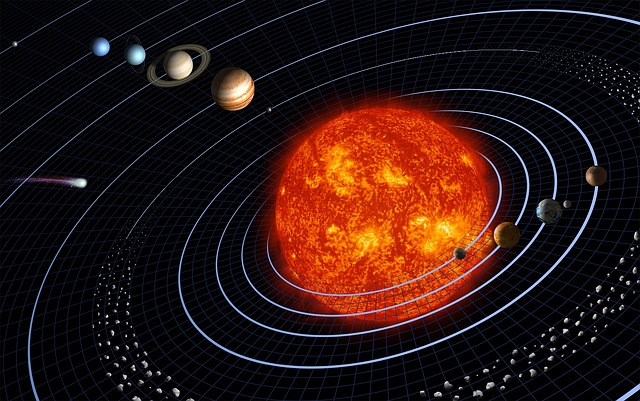
Conspiracy theorists have long been claiming that a rogue planet named Nibiru is lurking at the edge of the solar system and they believe that it will cause apocalypse on the earth. Now, a new study published in the Astronomical Journal has suggested that there could be the alleged Planet X hovering beyond Pluto in the solar system.
The research team has officially named this object 2015 TG38, but it is been now nicknamed 'Goblin' due to its extremely low temperature. Even though Goblin was spotted long back in 2015, it was not publicly unveiled until now as researchers waited for obtaining further proofs using ground telescopes.
"These distant objects are like breadcrumbs leading us to Planet X. The more of them we can find, the better we can understand the outer Solar System and the possible planet that we think is shaping their orbits, a discovery that would redefine our knowledge of the Solar System's evolution," said Scott Shepard, a Carnegie astronomer who led the research, The Independent reported.
Researchers believe that Goblin's orbit is very much elongated when compared to other planets in the solar system and it would usually take more than 40,000 years for this alleged Planet X to circle the sun. As Goblin is orbiting the sun at such a long distance, it is not usually affected by even the giant planets in the solar system including Jupiter and Neptune.
The research team also added that Goblin could be the strangest things that have ever been discovered in the solar system. However, they added that there could be many more similar bodies hiding at the edge without our knowledge.
As the news of the alleged Planet X surfaced, conspiracy theorists started claiming that the newly discovered body could be Nibiru, the rogue dwarf. These theorists also allege that the gravitational impact of Nibiru is causing widespread natural disasters in all nooks of the earth including the recent Indonesian earthquake.








